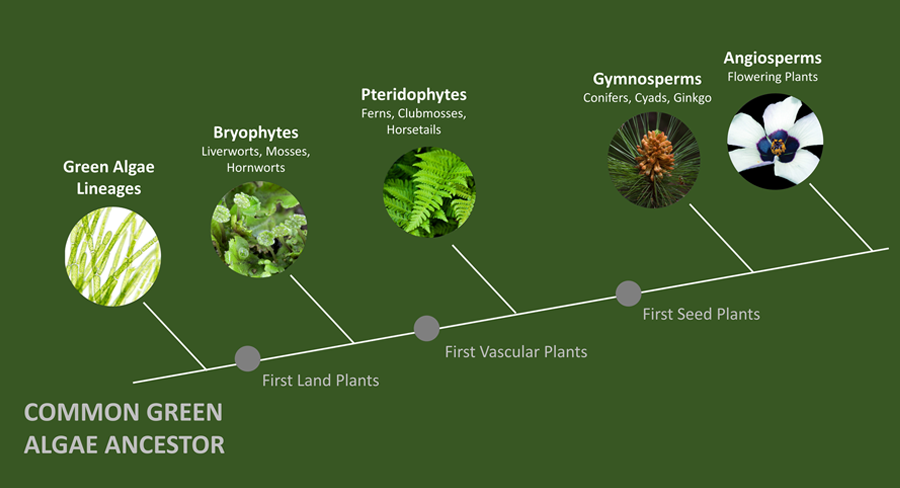Why liverworts?
Liverworts are not an agriculturally important crop and they are even considered to be a bit of a weed in gardens and greenhouses. So why do we use them in plant science research?
Liverworts, and their relatives the mosses and hornworts, split from flowering plants more than 400 million years ago. This divergence from their common ancestor gives scientists an insight into the past and how plant diversity has evolved. This makes them very important in genetic and evolutionary studies.
They are also quick and easy to grow in lab conditions with a short 3-4 week life cycle and a small genome size - making them ideal for studying.
Investigating how plants form their shape
Dr Alessandra Bonfanti uses liverworts to investigate how plants grow, develop and reach their final shapes as part of the Robinson Research Group at the Sainsbury Laboratory. In the below video, Alessandra takes you on a behind-the-scenes tour of two techniques she uses to study how cell size and shape are determined. .
Exploring how plants and microbes interact
The Schornack Research Group at the Sainsbury Laboratory has identified a common set of pathogen-responsive genes that are shared with liverworts and flowering plants. These ancient gene families that protect plants from pathogens date back to early land plant evolution.
The Schornack team is interested in the mechanisms involved in both pathogenic and beneficial relationships between plants and microbes. This research includes studying the cellular signals that help plants and microbes communicate with each other and tell the plants whether to let down their defenses to let a friend in or to ramp up their defenses against a foe. Read more

